As we look out into the cosmos, we see Earth’s future as part of a grand, unfolding story. Scientists often ask, “how will the world end?” Some predict a fiery demise as the Sun becomes a red giant. Meanwhile, others imagine Earth drifting away into frozen darkness, far from the Sun’s warmth. Both possibilities show the power and unpredictability of the universe. Therefore, let’s explore these scenarios and see how cosmic forces shape our world’s destiny and uncover the final days of Earth and what they might look like.
The Sun’s Brightening Future
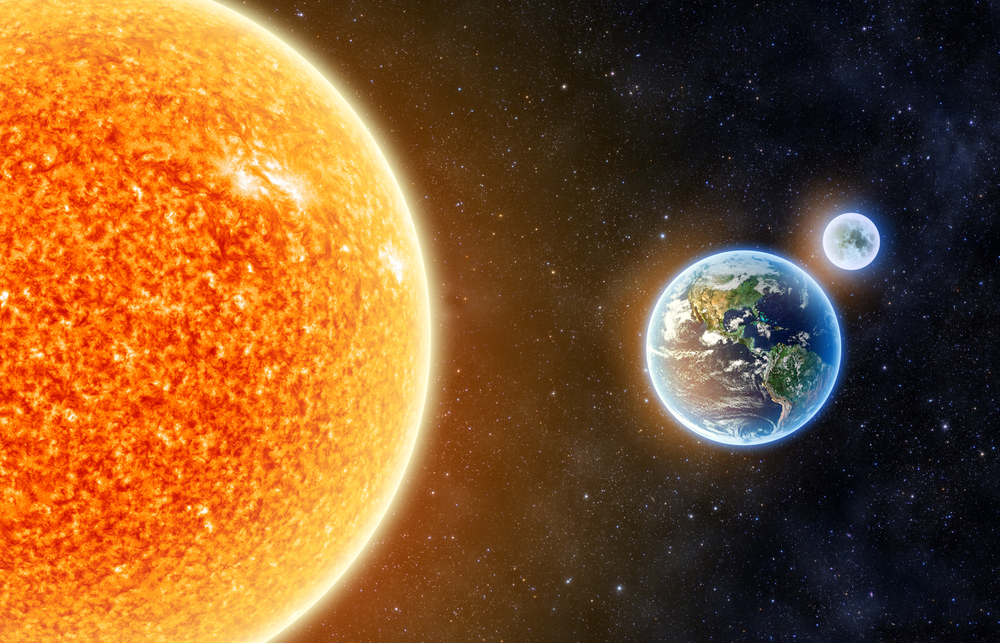
Over the next 1.3 billion years, the Sun will grow brighter and hotter. Consequently, this growing power will trigger a “moist greenhouse” effect, evaporating Earth’s oceans. As water vapor fills the atmosphere, it traps heat and raises temperatures. Life will face an uphill battle to survive. Scientists see this as a natural part of the Sun’s life cycle. Therefore, it’s a sobering sign that Earth’s days as a friendly world are numbered. This future might seem far away, but it shows how cosmic forces can reshape everything.
A Fiery End to the World
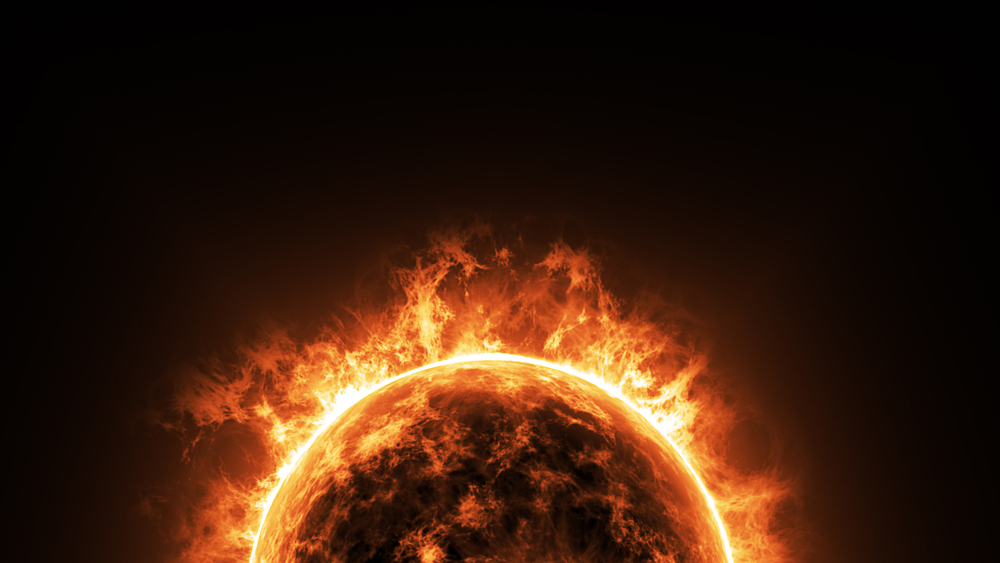
In about 5 billion years, the Sun will swell into a red giant, expanding to many times its current size. At that point, it might swallow Mercury, Venus, and possibly Earth. Even if Earth escapes the Sun’s reach, the intense heat and radiation will scorch its surface. Oceans will vanish, and the atmosphere will disappear. Earth will become a lifeless rock. Scientists base this scenario on solid models of how stars evolve. Thus, it’s a powerful reminder that the same Sun giving us life will one day take it away.
Ejection from the Solar System
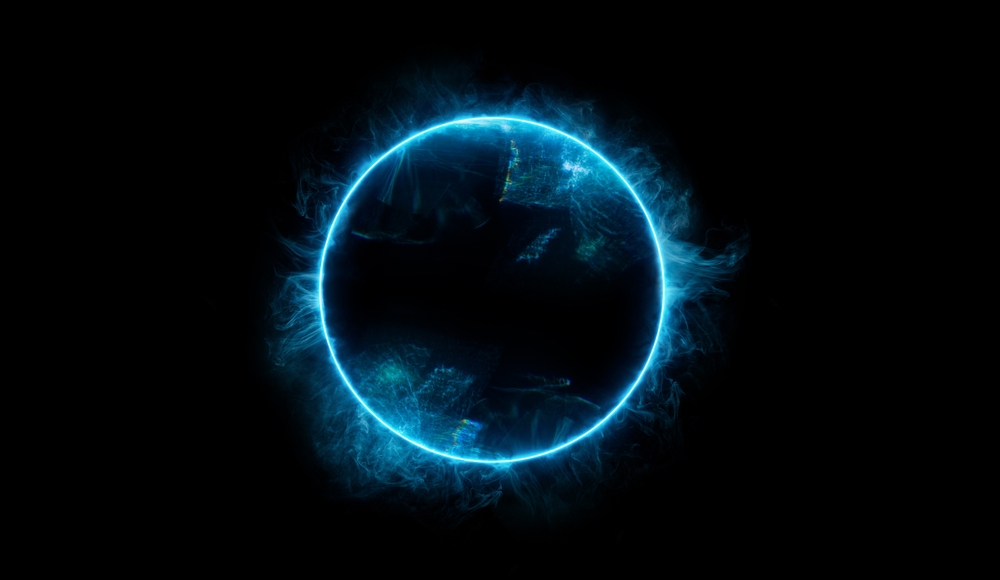
There’s also a chance, though slim, that Earth could leave the solar system. In fact, a massive star or rogue object passing close by could push Earth out into deep space. Once that happens, Earth would drift alone in the cold darkness, cut off from the Sun’s warmth. Temperatures would plunge, and oceans would freeze solid. Although rare, this scenario forces us to ask: how will the world end if Earth drifts away? It pushes us to imagine a planet cut off from the light that has sustained life for billions of years.
Read More: Stephen Hawking’s Doomsday Warning is Coming Faster Than We Thought
Life on a Frozen Earth
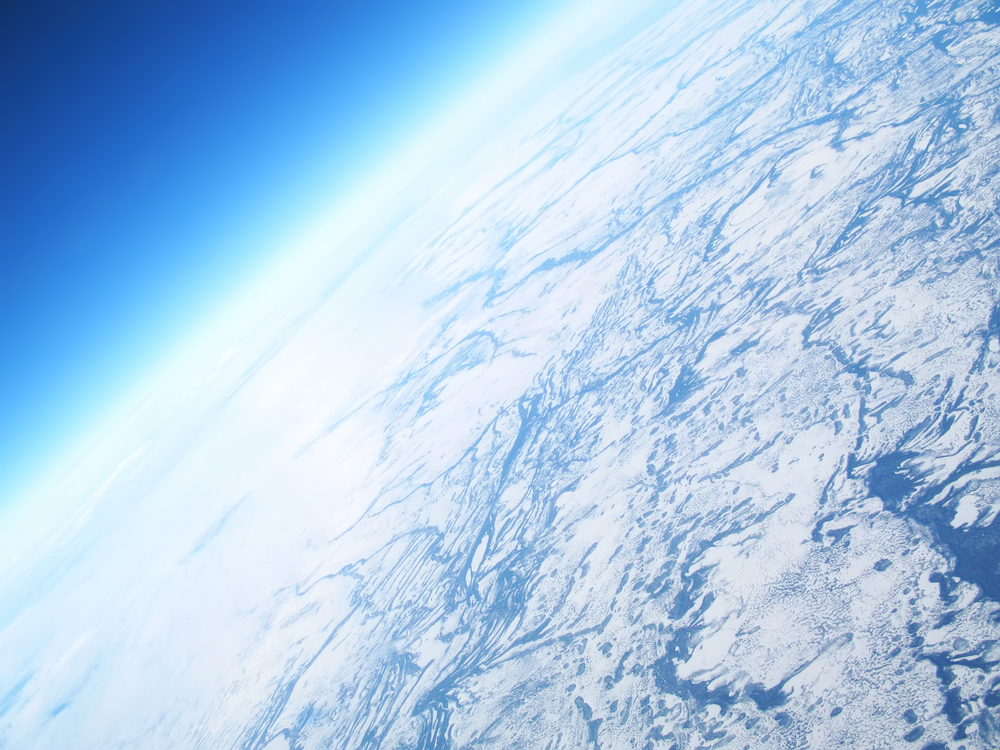
If Earth ever drifts into deep space, life will face a brutal test. Without the Sun, temperatures will drop and oceans will freeze. Yet life might not vanish completely. Deep underground or near hydrothermal vents, geothermal heat would still provide some energy. Microbial life and possibly more complex organisms could survive in these hidden refuges. This idea shows the toughness of life, even when everything else fails. Ultimately, the end of the world scenarios might be harsh, but life could cling to Earth’s last scraps of warmth.
Chaotic Planetary Orbits
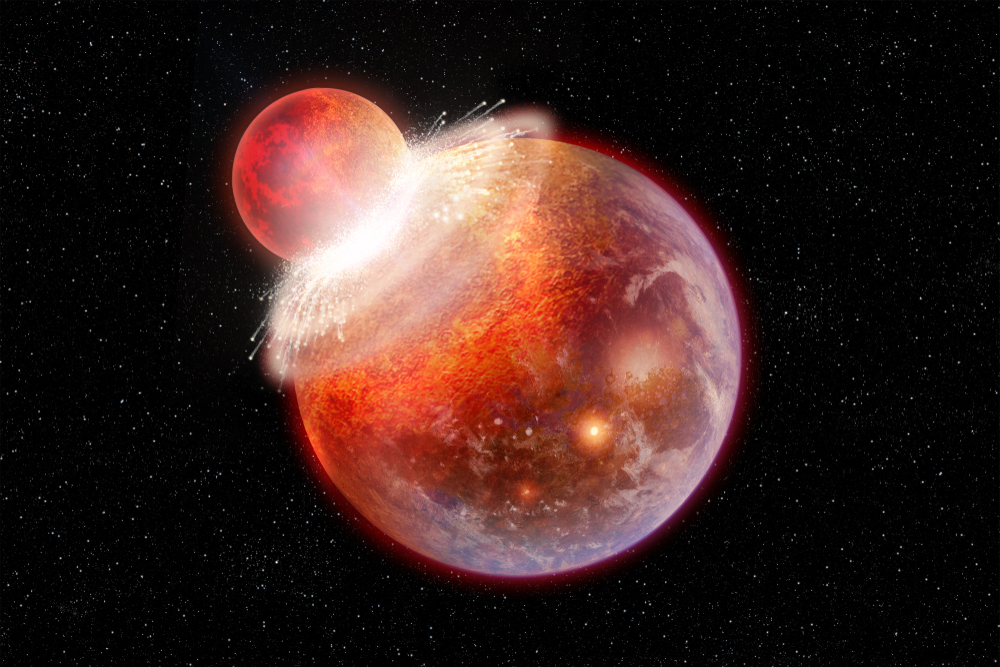
Over billions of years, gravity’s pull can change planetary orbits. For example, Mercury’s orbit might become unstable, crashing into Venus or Earth. These powerful tugs can push Earth out of its comfortable path, causing dramatic changes in climate and stability. Although unlikely, this scenario reveals the hidden risks in the solar system’s dance. Therefore, the final days of Earth could be shaped not just by the Sun, but by the relentless, shifting pull of gravity. How the world will end might be written in the subtle movements of distant planets.
Read More: How Will The World End? Top 10 Most Likely Scenarios
Galaxy Mergers and Gravitational Tides
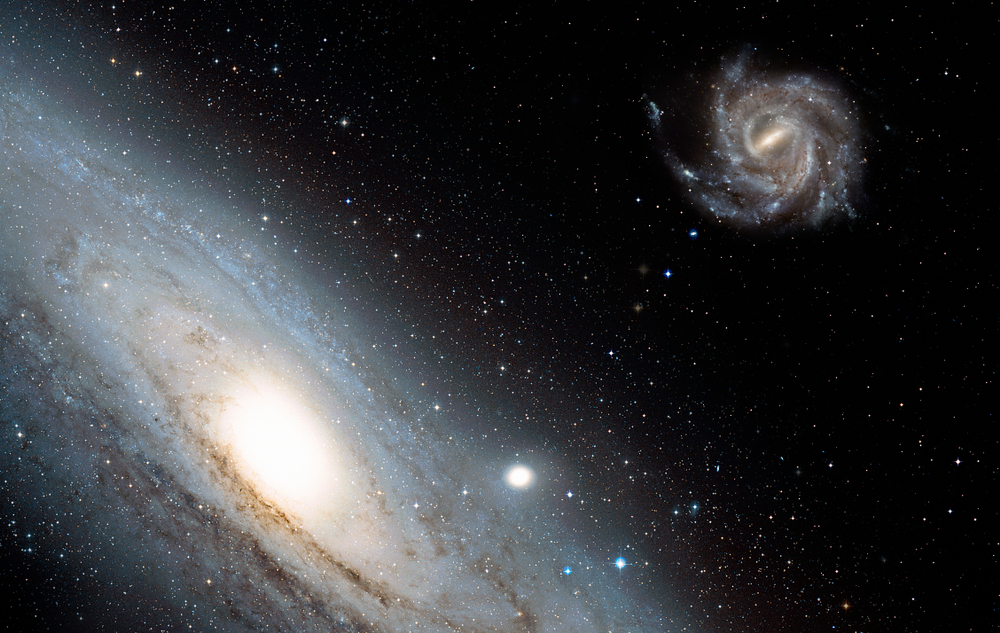
In about 4.5 billion years, the Milky Way will collide with the Andromeda galaxy. This colossal event will send gravitational waves rippling through both galaxies. As a result, these forces might disturb Earth’s orbit, pushing it out of the solar system or into chaos. While the Sun’s fiery growth is more certain, this cosmic collision adds another layer to how the world will end. Galaxy mergers show the raw power of the universe. Ultimately, Earth’s fate depends on these events, playing out far beyond what we see in the night sky.
Odds and Theories

So, how will the world end? By fire or ice? Most scientists believe the Sun’s fiery expansion will seal Earth’s fate. Its heat will strip away everything, leaving a lifeless rock. Yet, some wonder if Earth could drift into frozen darkness, cut off from the Sun forever. Both of these end-of-the-world scenarios highlight the unpredictable nature of the cosmos. Therefore, scientists keep asking these questions, driven by curiosity and wonder. No matter how it ends, Earth’s final chapter will be a story of cosmic power and chance.
A Cosmic Perspective
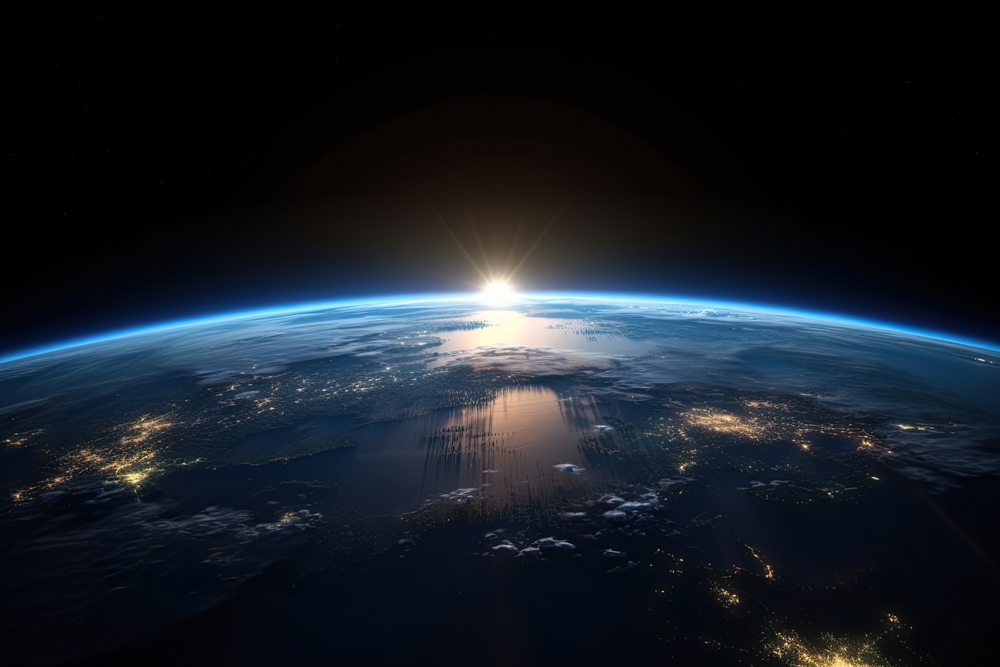
These scenarios may be billions of years away, but they give us a powerful perspective. They remind us that the balance keeping life going isn’t guaranteed. The Sun’s evolution, planetary orbits, and galaxy mergers all shape Earth’s fate. Right now, we live under a gentle Sun on a vibrant world. Therefore, let’s cherish this moment while it lasts. How the world will end may lie in distant futures, but today, Earth is alive and thriving. By exploring these forces, we see our planet’s place in the vastness of space.
Read More: Adrift in Space: New Rogue Planets Found Without Host Stars

